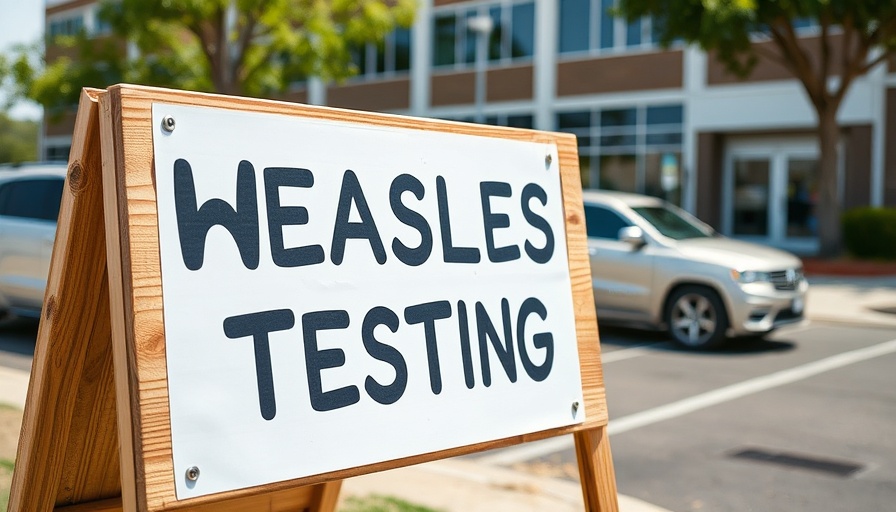
Understanding the Gendered Divide in Physician Mental Health
In recent years, a troubling trend has emerged among physicians, particularly female doctors, in terms of mental health and suicide rates. A study published in JAMA Psychiatry indicates that between 2017 and 2021, female physicians were significantly more likely to die by suicide compared to their male counterparts and even more so than women in the general population. This alarming statistic sheds light on the unique challenges faced by women in the healthcare field, including pressures related to work-life balance, sexism, and mental health stigma.
The Facts Behind the Numbers
The recent analysis reveals that female physicians experience a 53% higher risk of suicide relative to women outside the profession. Despite their critical role in society, female doctors often endure significant occupational stress that can exacerbate mental health issues. Unlike their male counterparts, who had lower suicide rates than men in the general population, women in medicine regularly face a combination of clinical responsibilities and societal pressures that heighten their vulnerability.
Burnout and its Consequences
Burnout is a pervasive concern in the medical field, where long hours and intense workloads can lead not only to physical exhaustion but also to severe psychological struggles. Women in medicine often bear additional burdens, including gender bias and familial responsibilities, which can intensify their feeling of inadequacy and stress. Many female doctors feel the need to 'prove' themselves more than their male peers, which can cultivate an unhealthy professional environment.
Addressing Mental Health Stigma in Medicine
Significant stigma still surrounds mental health issues, particularly in high-stakes environments like healthcare. Many physicians are reluctant to seek help due to fears of judgment, career repercussions, or being perceived as weak. Efforts to create a supportive environment where discussing mental health is normalized are essential to improve the outcomes for physicians. As Dr. Sidney Zisook emphasizes, promoting wellness in the medical profession is critical, but the journey has only just begun. Destigmatizing mental health care and making it accessible is imperative for the well-being of healthcare providers.
Next Steps: Creating Change
To combat these worrying trends, healthcare organizations must implement comprehensive wellness programs and suicide prevention strategies tailored specifically to the unique challenges faced by female physicians. This includes providing better mental health resources, promoting work-life balance, and advocating for workplace equality. By cultivating an environment where physicians can openly discuss their mental health, we not only protect our healthcare providers but ultimately improve the quality of care for patients as well.
As discussions grow around the mental health of healthcare providers, it's crucial to reflect on the significant impact ensuring the well-being of our doctors can have on overall public health. Change starts with awareness and education, both within medical institutions and in society at large. Let's take action to create a healthier future for our physicians, and in turn, those they serve.
 Add Row
Add Row  Add
Add 


Write A Comment